Confusing interfaces
Product complexity leading to high learning curves and user abandonment.
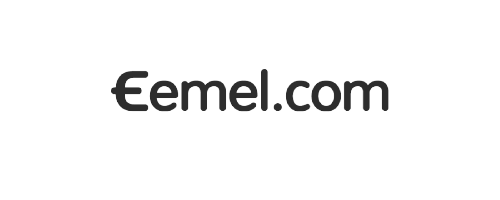
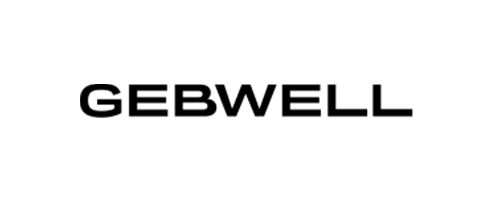
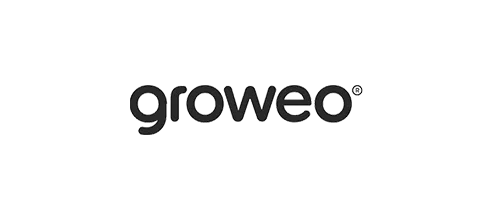
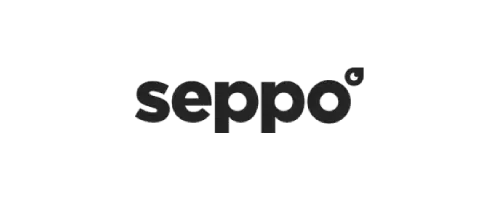
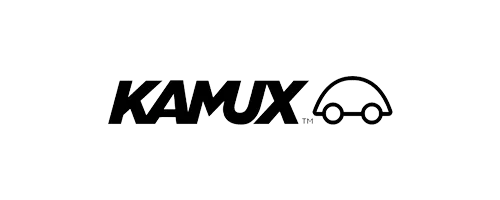
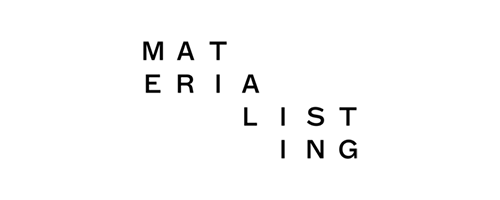
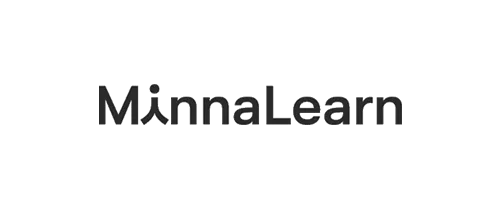
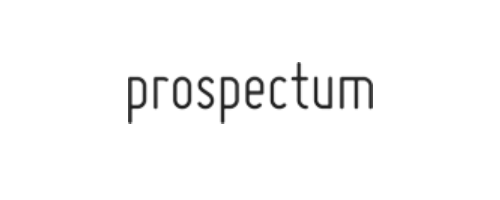
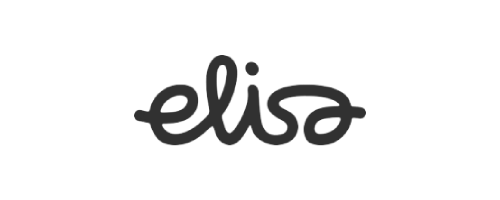
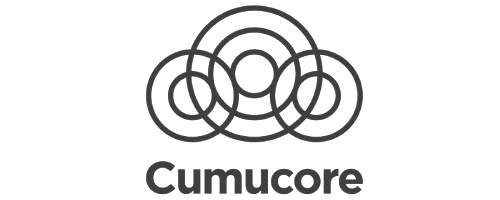
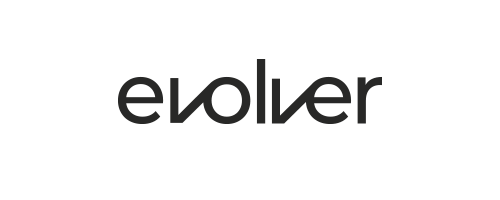
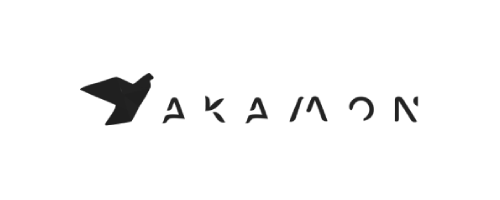












Product complexity leading to high learning curves and user abandonment.
Difficulty standing out in a crowded marketplace with similar-looking products.
Low feature adoption despite significant development investment.
Meet the team that transforms digital products into market leaders

SaaS Strategist

Designer

Designer

Designer
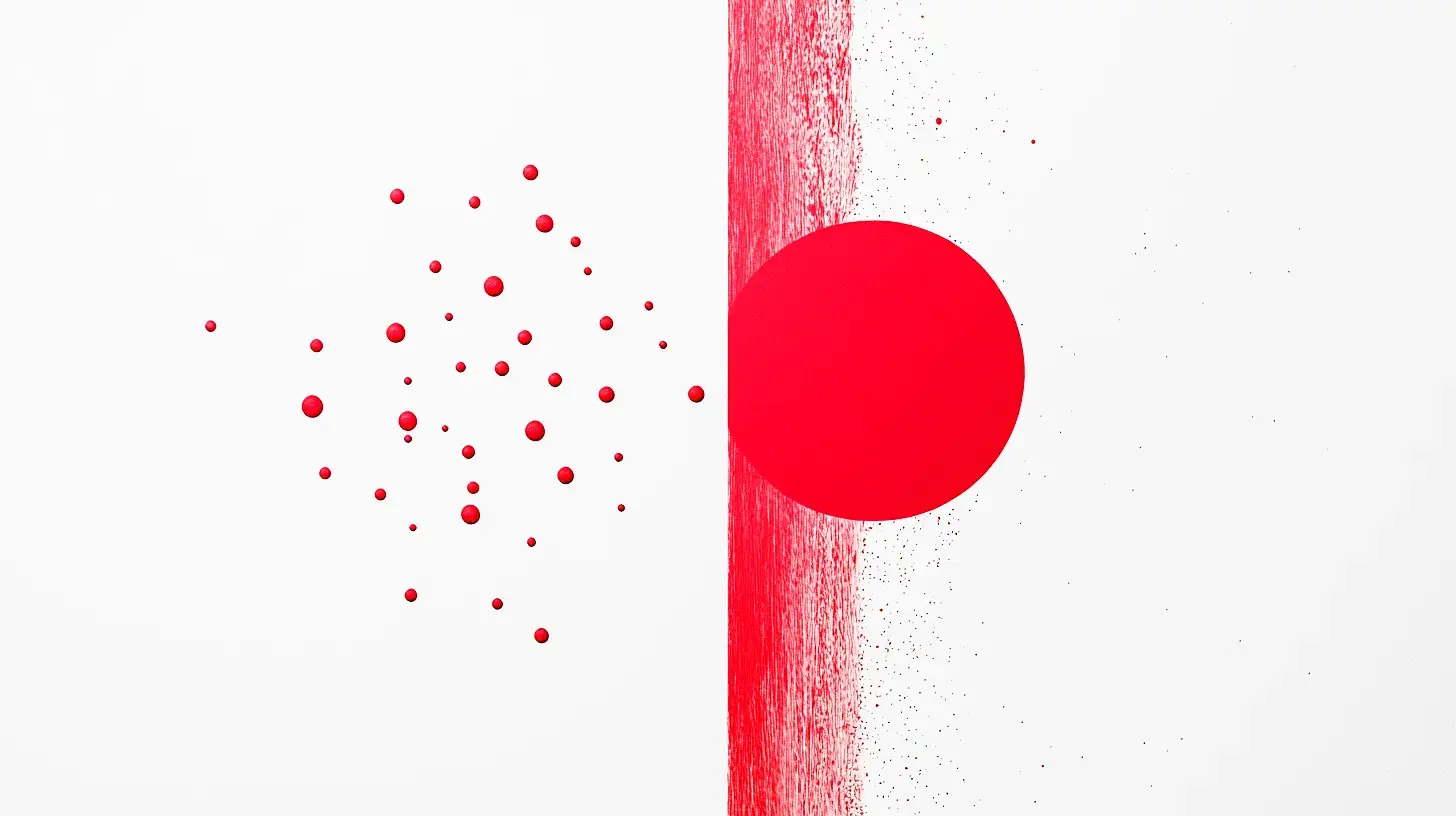
We ground our product design in comprehensive user research to create solutions that truly resonate with your target audience. This evidence-based approach ensures your product meets real market needs and solves genuine user problems.
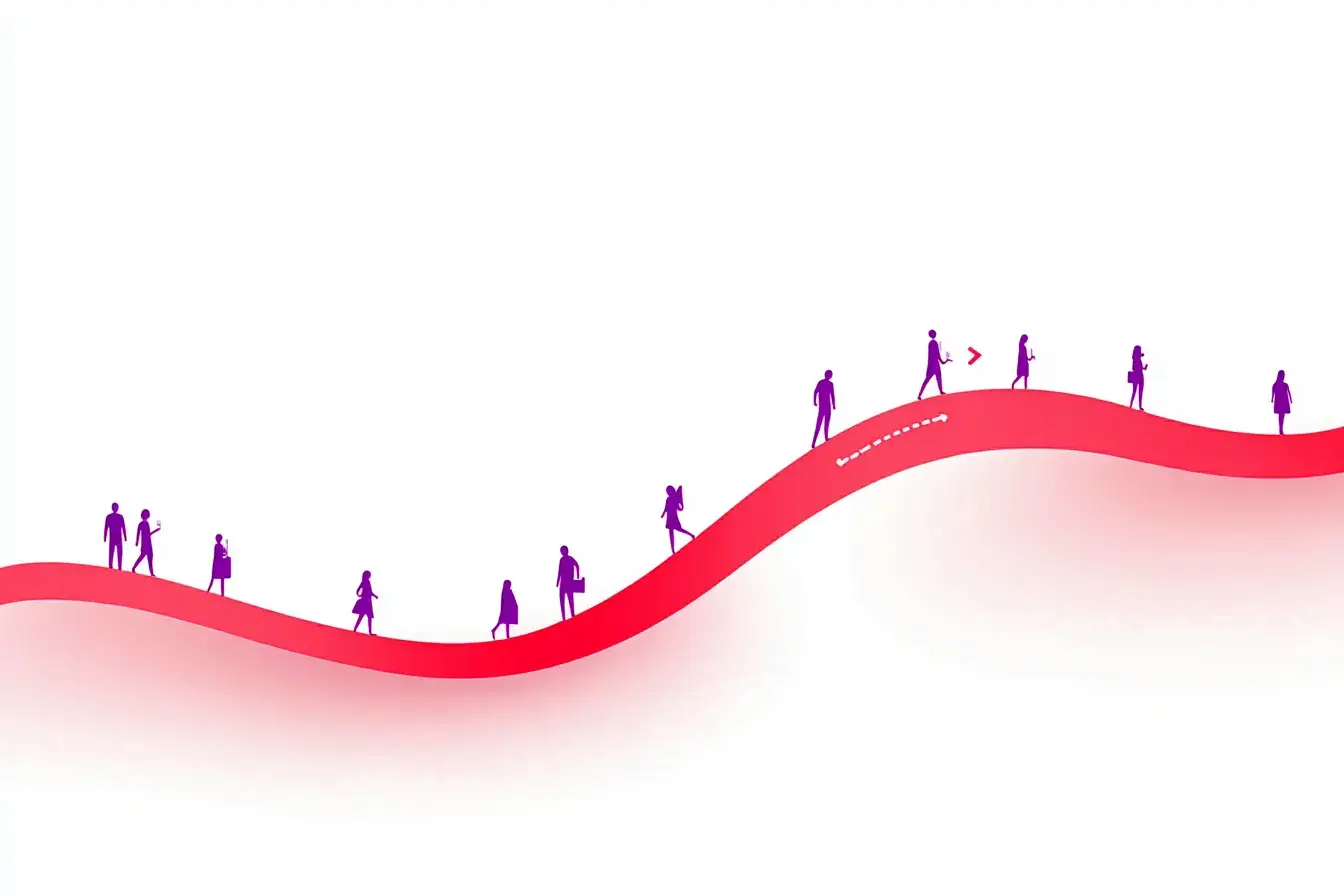
We design product interfaces and flows that feel natural and effortless, dramatically reducing learning curves. Our iterative prototyping process helps identify and eliminate friction points before development, saving both time and resources.

We craft visually compelling product interfaces that reinforce your brand while enhancing usability. This distinctive approach helps your product stand out in the market, creating immediate recognition and stronger emotional connections with users.
We might not be the right fit if...
Common issues our clients face and how we transform them.
Your product has grown organically with different design approaches, creating confusion and making it difficult for users to learn new features.
We create unified design systems and consistent interaction patterns that make your entire product feel cohesive. This reduces cognitive load, accelerates user learning, and makes each new feature more discoverable and adoptable.
You've invested heavily in new features that users ignore or underutilize, limiting your product's value perception and potential revenue growth.
We design discoverable, intuitive features grounded in user needs and supported by clear onboarding. Our approach ensures new capabilities are not just used but valued, increasing both adoption rates and perceived product value.
Your product looks and functions similarly to competitors, making it difficult to stand out and command premium pricing in a crowded market.
We craft a distinctive product experience that highlights your unique value proposition through both visual design and interaction patterns. This creates a memorable product identity that attracts and retains users in competitive markets.
Choose the engagement model that fits your needs.
€110/hour
Expert product design services tailored to transform your SaaS solution into a market-leading experience.
Start your transformation →Let's talk
A comprehensive team of product designers and growth specialists working together to accelerate your SaaS success.
Get a customized plan →*For companies with annual revenue under five million euros, we offer our services at a discounted rate of €95/hour. Prices are tax exclusive (VAT 0%).
Discover how strategic product design can enhance user experience and drive growth for your SaaS business.
Everything you need to know about improving your SaaS product
Product design for SaaS encompasses the complete process of creating digital products that meet user needs while achieving business goals. It combines user research, strategic thinking, interaction design, and visual execution to deliver an effective and cohesive product experience optimized for subscription-based software.
Well-executed product design directly influences key SaaS metrics through higher conversion rates (typically 2-4x improvement), increased user engagement, reduced churn (10-30% improvement), and lower support costs. In today's competitive SaaS environment, exceptional product design is often the primary differentiator between market leaders and competitors.
Timelines depend on project scope. A focused product design audit typically takes 2-3 weeks. A comprehensive product redesign involving user research, mapping, prototyping, and UI design usually requires 8-12 weeks. Complex products with multiple user roles may require longer timeframes to ensure all use cases are optimized for maximum effectiveness.
The best times to invest in product design are: 1) Before developing new features to ensure market fit, 2) When metrics show increasing churn or poor adoption rates, 3) When competing in crowded markets where differentiation is crucial, 4) When preparing to scale or enter new markets, or 5) When your product has evolved without strategic design direction.
We track both qualitative and quantitative metrics. These include task completion rates, feature adoption rates, usability testing results, conversion improvements, reduced churn percentages, decreased support volume, increased engagement metrics, and improved NPS/CSAT scores. We establish baseline measurements before making changes to accurately calculate ROI.
Product design encompasses the entire product development process including strategic direction, while UX design is a component focused specifically on user experience. Product design considers business objectives, technical constraints, and market positioning alongside user needs, creating a holistic approach that aligns all aspects of product creation and optimization.
Our process typically includes discovery (understanding business goals and user needs), definition (creating product requirements and success metrics), ideation (exploring multiple design directions), prototyping (creating interactive models), validation (testing with users), refinement, and implementation support. We adapt this framework based on your specific project needs and constraints.
Yes, we design for all relevant platforms your users need. For SaaS products, this typically includes responsive web applications, mobile experiences, and occasionally native applications. Our approach ensures a consistent product experience while optimizing for the specific capabilities and constraints of each platform.
We've refined our process to integrate smoothly with development teams. We typically work 1-2 sprints ahead of development, delivering validated designs with detailed specifications. We participate in relevant planning sessions, provide implementation guidance, and remain available for questions during development to ensure the design vision is executed correctly.
Design systems create consistent user experiences, accelerate development, and reduce technical debt. By establishing reusable components and clear guidelines, they eliminate redundant work, ensure brand consistency, and allow teams to focus on solving unique problems rather than recreating basic elements. This results in faster development cycles and more cohesive product experiences.